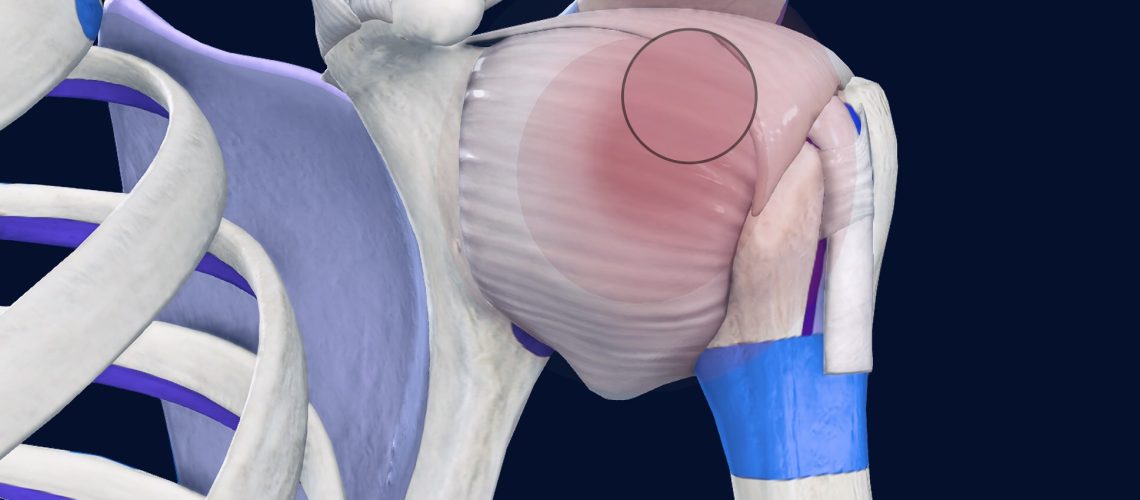Adhesive capsulitis, better known as a frozen shoulder, is a condition of unknown cause. The tightening of this joint capsule is what causes shoulder pain. As a result, the typical symptoms of adhesive capsulitis are pain and stiffness.
Significantly, Nighttime pain can be one of the first indicators of developing a shoulder disorder. Stiffness will then begin with difficulties lifting the arm to your side, behind your back and rotating it outwards. Fortunately, adhesive capsulitis will usually resolve itself within 3-5 years. However, the right rehabilitation process plays a key role in recovery. The key to your recovery is patience. Under those circumstances, modalities will help you to manage the symptoms of your frozen shoulder.
Osteo Health offers effective non-invasive treatment options for Frozen Shoulder Syndrome. The most effective treatment is considered shockwave therapy. Nevertheless, the combination of other modalities mentioned below gives the most desired result.
Shockwave therapy reduces pain and increases the active range of motion. It is considered an effective treatment method for improving shoulder disorder patients’ pain and functions.
To demonstrate clinical study: The effects of ESWT on frozen shoulder
Another key point, therapeutic exercises for the shoulder area can help to relieve pain associated with stiffness. These need to be performed little and often in order to help you manage the symptoms of adhesive capsulitis.
To demonstrate clinical study: Treatment Strategy for frozen shoulder
On the positive side, low-level laser therapy is strongly suggested for pain relief and moderately suggested for improving the function of the joint.
To demonstrate clinical study: Effectiveness of Physiotherapy for frozen shoulder
Massage therapy releases myofascial restrictions, improves blood and lymphatic circulation.
To demonstrate clinical study: Effectiveness of Massage for Shoulder Pain
Manual Osteopathy is a non-invasive therapeutic method. Obviously this technic reduces muscle spasms near joints, eases neurological irritations around joints, makes joints more mobile and reduces pain and discomfort.
REFERENCES:
Pubmed, Physitrack.

